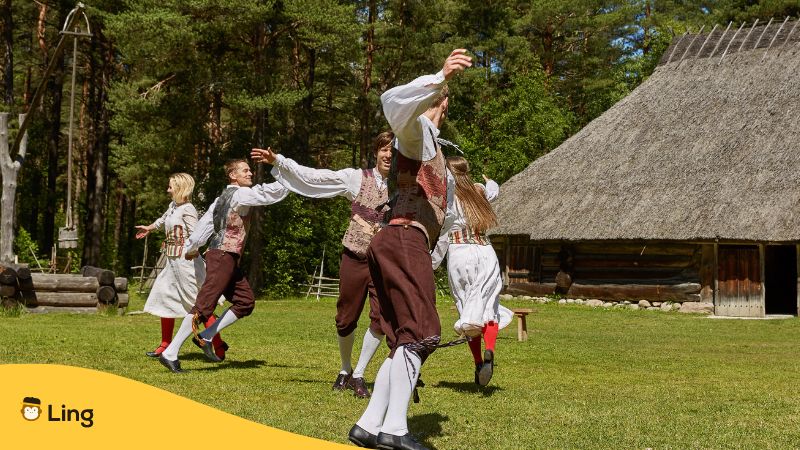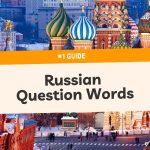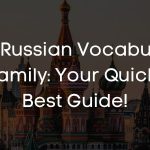Estonia is a Soviet Union country with diverse customs and celebrations that have been part of its culture for a long time. Up to this day, many Estonian traditions and rituals are being celebrated and followed regardless of how the world has changed. It pays to visit this lush country, especially if you seek an authentic feeling of an Estonian identity. It’s all around you. Estonians have successfully cultivated the Estonian culture, Estonian literature, national identity, and the Estonian language. Let’s look at the national culture and folk traditions contributing to Estonia today.
Estonia Traditions And Rituals
What constitutes an authentic Estonian culture? Here are the many aspects that formed the identities of native Estonians:
Religious Dynamics
Estonia’s distinctive religious traditions reflect the rich tapestry of its history and culture. Here are five of the key traditions that are deeply rooted in the country’s religious landscape:
- Lutheranism: As the largest Christian denomination in Estonia, Lutheranism holds a significant place in the country’s religious history. Its prominence emerged out of the Protestant Reformation in the 16th century and continues to shape Estonian religion and culture.
- Eastern Orthodoxy: The Orthodox Church, specifically the Estonian Orthodox Church, which is subordinate to the Moscow Patriarchate, has numerous followers in Estonia. Its influence is particularly notable among the country’s Russian-speaking population.
- Old Believers: Estonia also gained a community of Old Believers who, in the 17th century, escaped from Russia after the church reforms imposed by Patriarch Nikon of Moscow. The group has a long history and distinct religious practices that have survived today, especially in villages located along Lake Peipsi.
- Neo-paganism: While a small percentage of the population practices it, neo-paganism reflects the fascination with pre-Christian beliefs in Estonia. The focus on nature reverence and indigenous traditions make it a unique part of Estonia’s spiritual canvas.
- Secularism: Lastly, Estonia is considered one of the least religious countries in the world, with a significant portion of the population identifying as non-religious or atheistic. This secular streak influences the way many Estonians perceive and practice traditions.
Family’s Significance
The family remains the central hub of social life for Estonians. Urban settings usually have nuclear families, while rural areas lean towards extended family structures. Family bonds are tight, and do not care too much about personal space, leading newlyweds to often live with their parents until they’re self-sufficient. Care for the elderly is common, with a preference for home care over institutions.
- Jaanipäev Celebrations: Celebrated on June 23 and 24, Jaanipäev, or St. John’s Day, is a public holiday in Estonia. On this occasion, families gather to make a bonfire and jump over it. This is a tradition associated with fertility and love, and families spend their evening singing, dancing, and enjoying nature.
- Celebrating Victory Day: Estonians commemorate the winning of their independence war against Nazis with massive celebrations on the 23rd of June, right before the aforementioned Jaanipäev. This is another important family gathering for the people of Estonia.
- Singing Tradition: Estonians share a strong cultural and familial tradition of singing. Historically, singing played a crucial role in the nation’s struggle to gain independence from the Soviet Union in 1989-91. Singing festivals prominently feature in Estonian life, where families often sing together.
- Home Etiquette: When invited to an Estonian home, it is customary to bring a small gift for the host. Flowers, chocolates, or a bottle of alcohol are typical. The customary greeting is a firm handshake while making direct eye contact.
- Childbirth Traditions: After a baby is born, it is traditional to visit the family and see the new arrival. Meadow flowers are a common gift. But remember, Estonians don’t have baby showers.
Hierarchy In Society
Hierarchy in Estonian society has an exciting twist where, unlike many countries, it doesn’t play an overt role. Yes, there’s a politically and economically distinct upper class, middle class, and working class. Yet, you would be pleasantly surprised that day-to-day interactions typically reflect a sense of equality and a unique “don’t stand out” attitude commonly known as the ‘Jante Law.’
Fascinatingly, it’s not uncommon for an Estonian CEO to share a canteen table with an intern! This societal flatness can be traced back to Estonia’s history of being a predominantly agricultural society, as well as its socialist past. Undeniably, the importance of maintaining a sense of humility and equality is woven tightly into the societal fabric of Estonia!
Cultural Traditions
Oral traditions, especially during the Soviet era, played a pivotal role in preserving customs and stories. Song and dance are quintessentially Estonian, notably evident in the “Singing Revolution” of 1989 to 1891, where song served as a path when Estonians won their fight for freedom.
- Estonian Song and Dance Celebration: A five-yearly UNESCO-recognized event gathering thousands of singers and dancers.
- Jaanipäev: Midsummer celebration marking St. John’s Day, with family gatherings and bonfire-leaping rituals.
- Christmas Market: Tallinn’s Town Hall Square transforms into a vibrant holiday haven, offering traditional food and drink.
- Independence Day: A 24-hour celebration on February 24 featuring parades, concerts, and family events.
- Wedding Custom: Newlyweds complete fun challenges to determine the family ‘leader.’

Gender Roles And Statuses In Estonia
Estonian society exhibits distinct gender roles and statuses that influence various aspects of life, characterized by the following:
Division Of Labor By Gender
In the service sector, young women often occupy visible roles such as retail sales, bank tellers, and secretarial positions. Executive positions, however, typically favor men due to perceptions of dependability and emotional restraint.
Relative Status Of Women And Men
Gender dynamics lean towards male deference, even when male perspectives are incorrect. Nevertheless, legal protection against gender discrimination is upheld by the Constitution.
Marriage, Family, And Kinship
Marriage norms are open, lacking formal or informal restrictions. Marrying non-Estonians, particularly Russians is not encouraged, though not prohibited. Divorce rates are significant, with over half of marriages ending in separation.
Higher Education
Similar to other countries, including many Baltic countries, Estonians value education and holds importance to having a college degree.
Domestic Unit
Families consist of parents and an average of one child, often with an elderly parent living in the household of most Estonians. Both parents tend to work, but the wife typically does household chores.
Child Rearing And Education
Young Estonians enjoy independent exploration and play. Education is highly valued, encompassing basic literacy of the spoken and written language and numeracy skills taught at home.
Learn Estonian Through Ling
Estonia presents a rich heritage, where you can experience a song festival, dance festival, and other daily life culture and traditions. You better be equipped with the basic Estonian words and phrases when you visit. It will help to use a language-learning app like Ling, which you can download from App Store or Play Store. The app makes learning a foreign language easy, including Estonian and other languages in Europe, such as Czech, Bulgarian, Hungarian, Ukrainian, Russian, and more.



































































